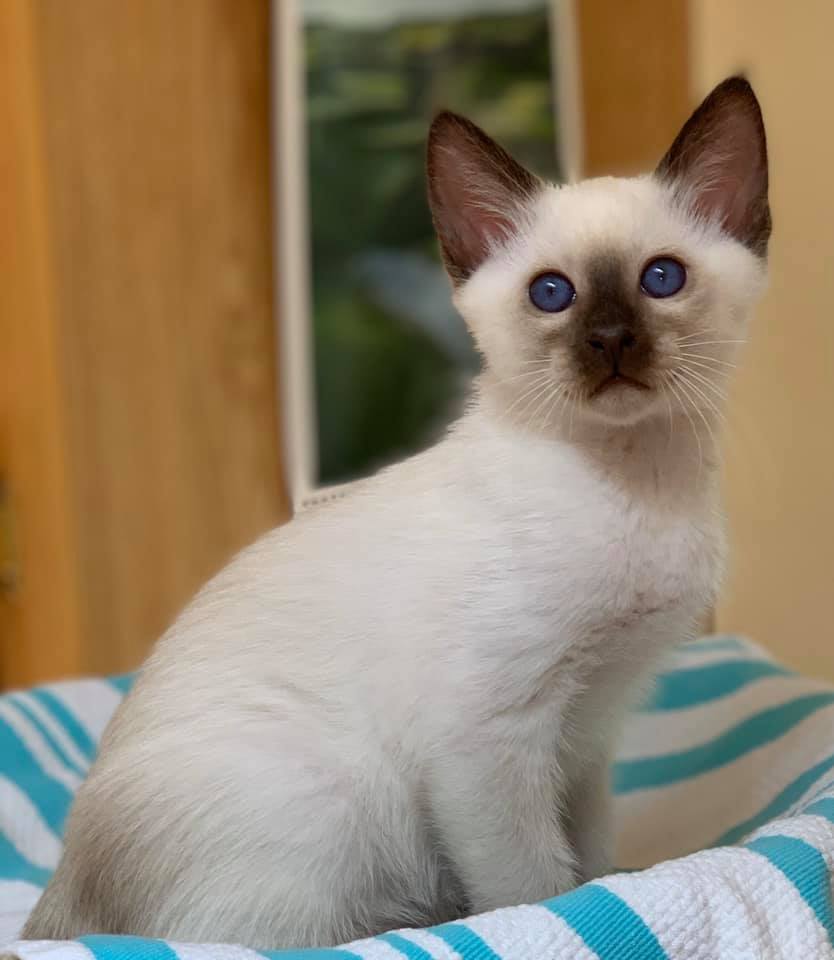Caring for a Balinese cat requires more than routine feeding and grooming, it demands an understanding of the breed’s emotional depth, cognitive needs, and social preferences. Known for their striking appearance and Siamese lineage, Balinese cats possess a unique blend of elegance and intellect that sets them apart from other domestic breeds. Their long, silky coat, expressive blue eyes, and graceful build may draw attention, but it’s their behavior and temperament that truly define the care they require.
Balinese cats are highly interactive and thrive in environments where communication and companionship are prioritized. Unlike more independent breeds, they seek constant engagement and often vocalize their thoughts in a melodic, conversational tone. This trait isn’t merely anecdotal; feline behaviorists have noted that Balinese cats exhibit advanced social learning, often mimicking routines and responding to emotional cues with surprising accuracy. Owners who work from home or maintain flexible schedules find the breed particularly rewarding, as the cat’s presence becomes a dynamic part of daily life rather than a passive fixture.
Nutrition plays a critical role in maintaining the breed’s health and vitality. While Balinese cats don’t require exotic diets, they benefit from high-protein, low-carb formulations that support lean muscle mass and cognitive function. Omega-3 fatty acids, often found in fish-based foods, contribute to coat health and reduce inflammation, which is especially important given the breed’s predisposition to minor respiratory sensitivities. Hydration should be monitored closely, as their active nature can lead to increased water needs, particularly in warmer climates.
Grooming, though less intensive than one might expect from a long-haired breed, still requires regular attention. The Balinese coat lacks the dense underlayer found in other long-haired cats, which reduces matting but increases the need for gentle brushing to remove loose hairs and distribute natural oils. Weekly grooming sessions not only maintain coat quality but also serve as bonding opportunities, reinforcing trust and reducing stress. Nail trimming, dental hygiene, and ear cleaning should be incorporated into a monthly routine to prevent common issues such as gingivitis or wax buildup.
Environmental enrichment is essential for Balinese cats, whose intelligence demands stimulation beyond basic toys. Puzzle feeders, interactive games, and vertical climbing spaces cater to their problem-solving instincts and athleticism. Owners who rotate toys and introduce new challenges regularly will notice improved behavior and reduced signs of boredom, such as excessive vocalization or furniture scratching. In multi-pet households, Balinese cats often assume leadership roles, navigating social hierarchies with diplomacy and confidence, provided introductions are handled with care.
Globally, the breed adapts well to varied living conditions, from compact urban apartments to spacious rural homes. Their emotional resilience and curiosity make them suitable for families, singles, and even elderly owners, as long as their need for interaction is met. In regions with limited veterinary access, telehealth consultations and proactive wellness monitoring become vital, especially given the breed’s sensitivity to environmental changes. Owners in humid climates should ensure proper ventilation to prevent respiratory flare ups, while those in colder regions might consider heated bedding to maintain comfort.
Ultimately, caring for a Balinese cat is a commitment to nurturing both body and mind. Their loyalty, intelligence, and emotional expressiveness create a relationship that transcends typical pet ownership. For those willing to invest time, attention, and empathy, the rewards are profound a companion that listens, learns, and loves with remarkable depth. Whether you’re a seasoned cat enthusiast or exploring your first feline partnership, the Balinese offers a caregiving experience that’s as enriching as it is enduring.
Related Cat Breeds

